BitMine stock falls after CEO change and board appointments
Stocks opened higher yesterday and traded mostly sideways to higher for the rest of the day. Just an uneventful day. The reason, I think, was just due to implied volatility resetting after the VIX 1Day climbed to and closed at 16 on Friday. The VIX 1Day closed on Friday at the same level as Thursday, the day before the jobs report.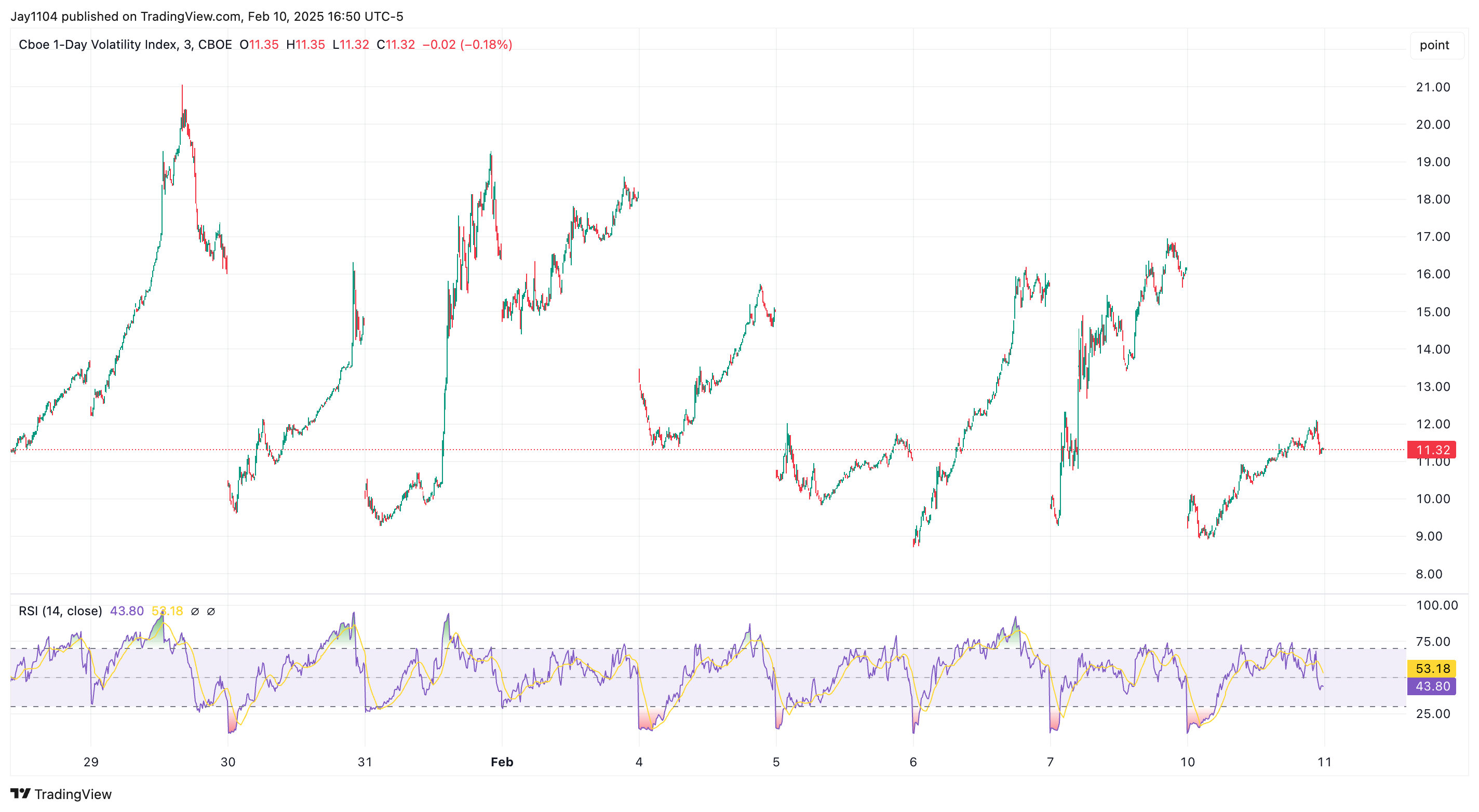
When the VIX 1 day opened under 10 today, that implied volatility reset helped stocks rally. This probably explains why there wasn’t much movement the rest of the day, with the S&P 500 just trading sideways.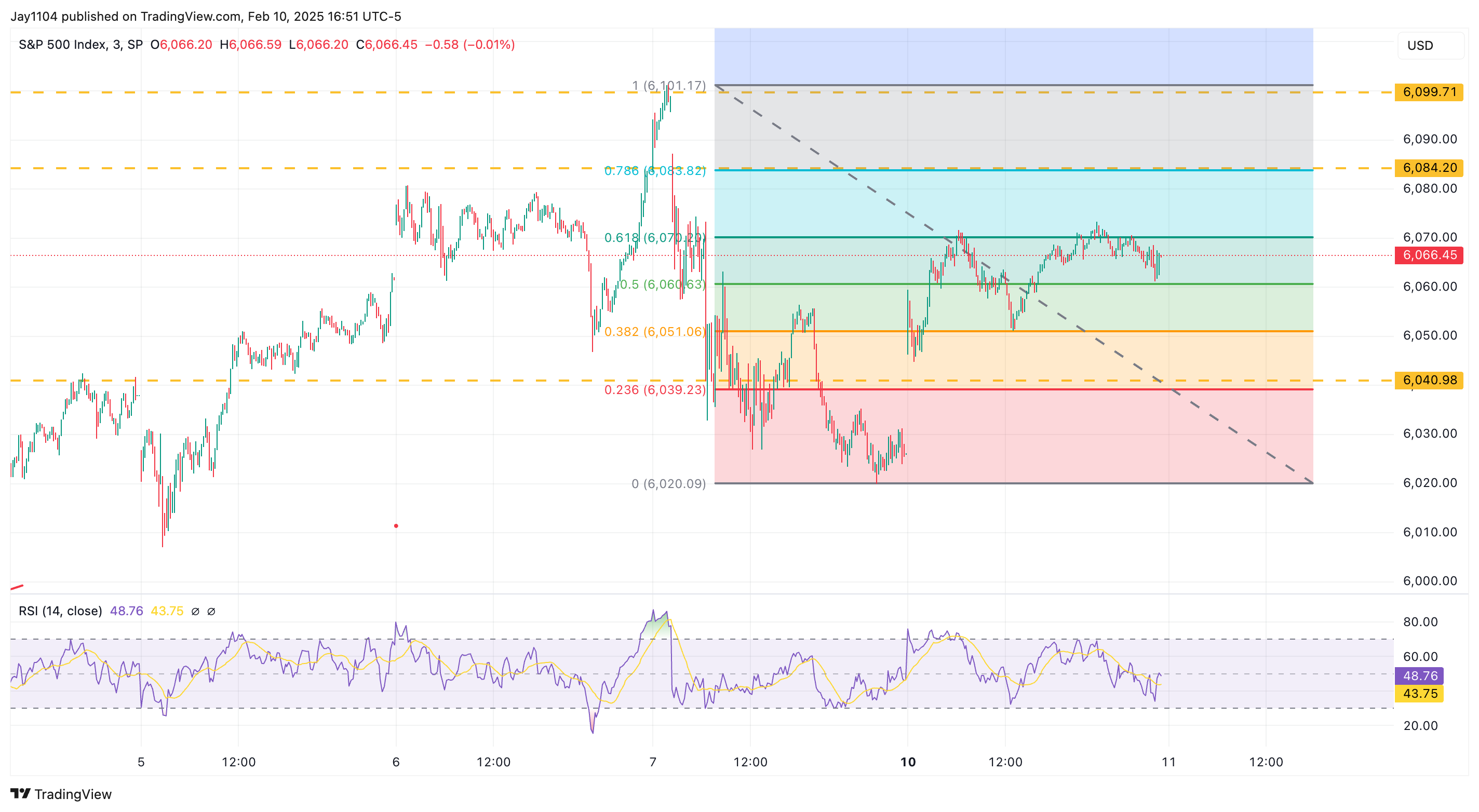
Oil traded higher on the day by more than 2% and avoided breaking the downtrend at $70.50. If oil is going to head higher, it needs to bounce here after a reasonably significant pullback since mid-January.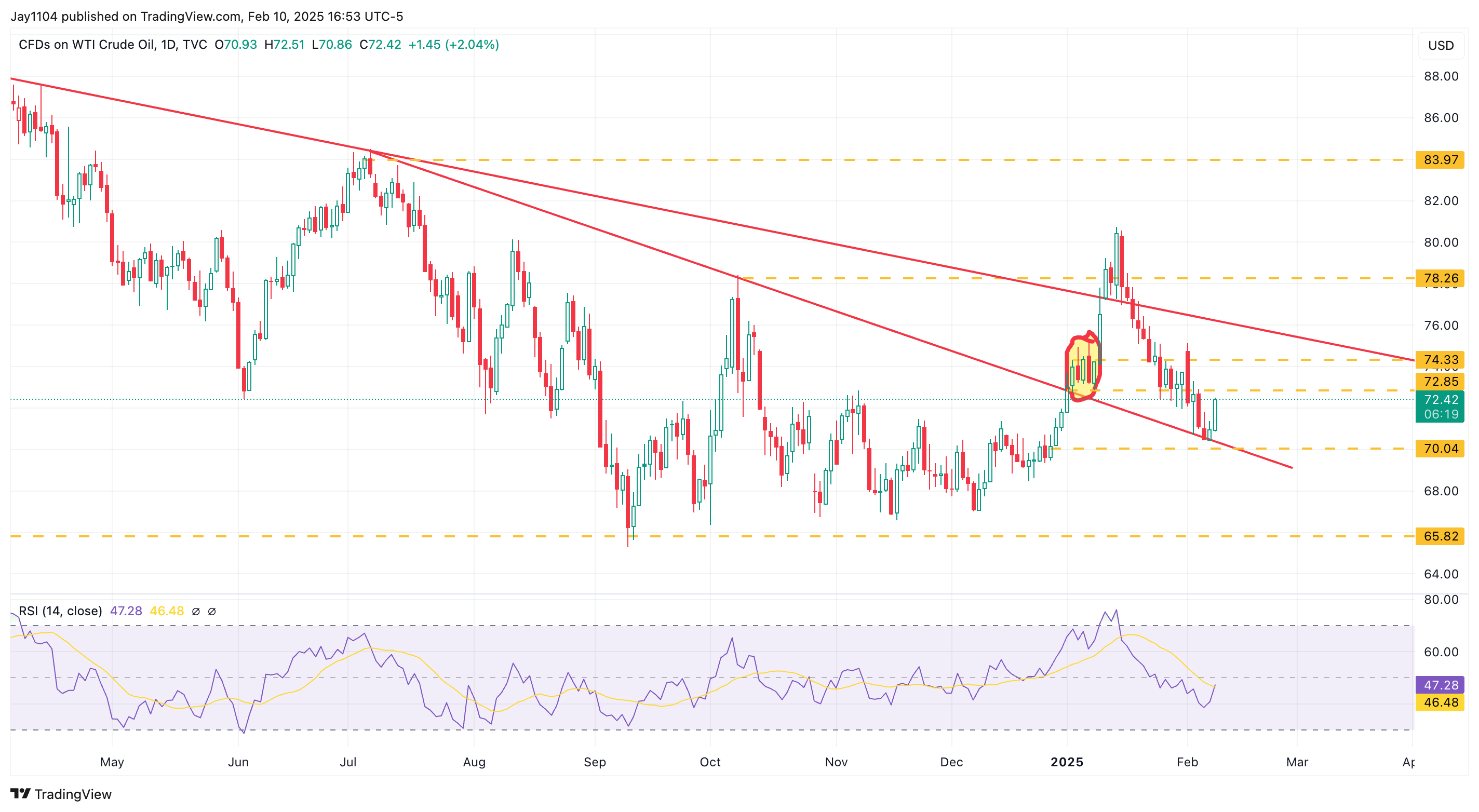
Copper has recently broken out, moving sharply higher and back to $4.70. If a double bottom formed in copper, it is now at the neckline; then a breakout could send the metal back to and over $5. It certainly will not be inflation-friendly.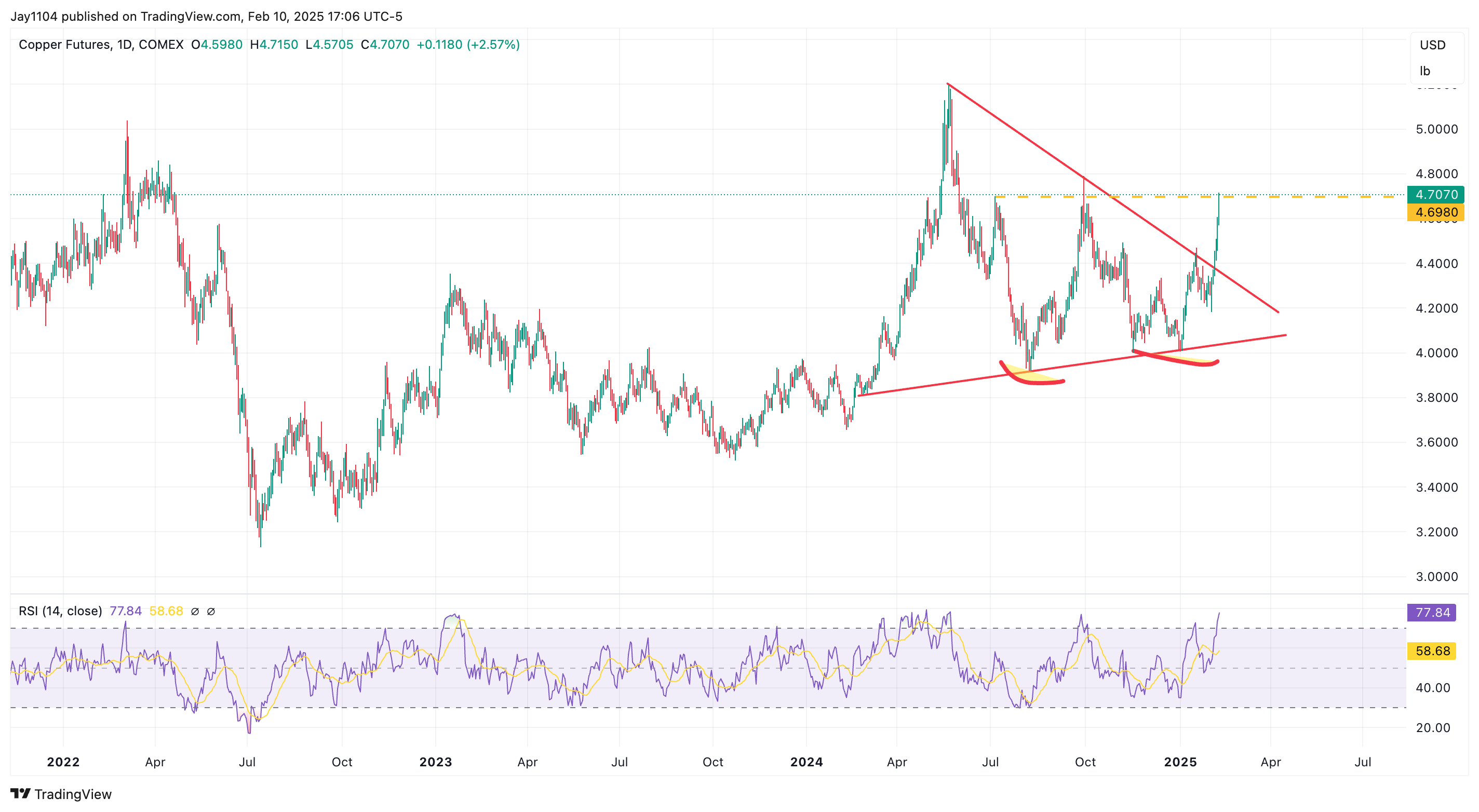
Given the move higher in copper and oil today, 2-year inflation swaps went higher as well, as they managed to reach 2.67%. This places the swap very close to making a new local high and potentially triggering a significant breakout.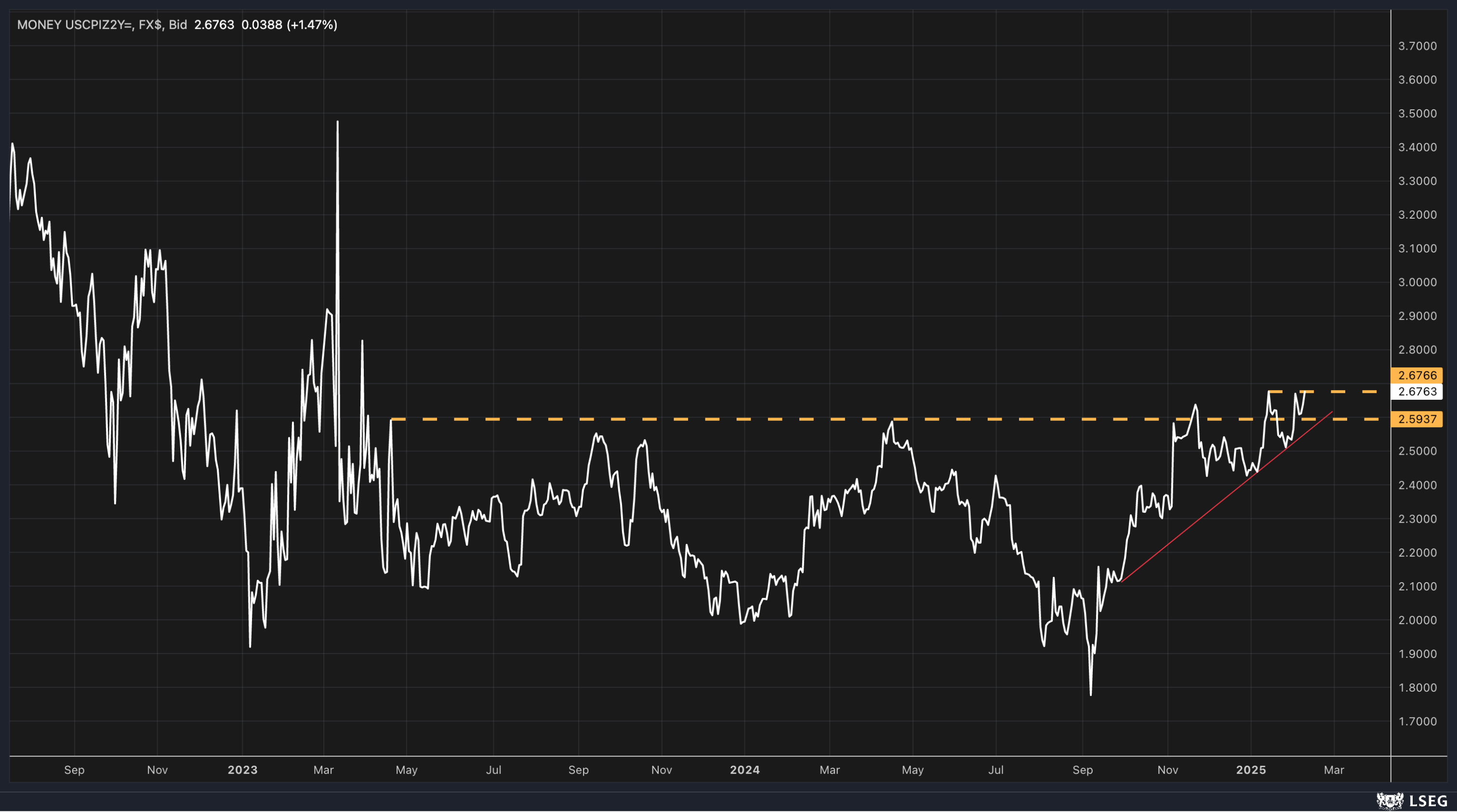
So despite this, I’m sure that when Powell speaks before Congress over the next two days, he will say that inflation expectations are well anchored. Maybe it depends on which inflation expectations one is looking at because 2-year and 5-year swaps would leave one feeling a bit uneasy about whether those inflation expectations will remain well anchored.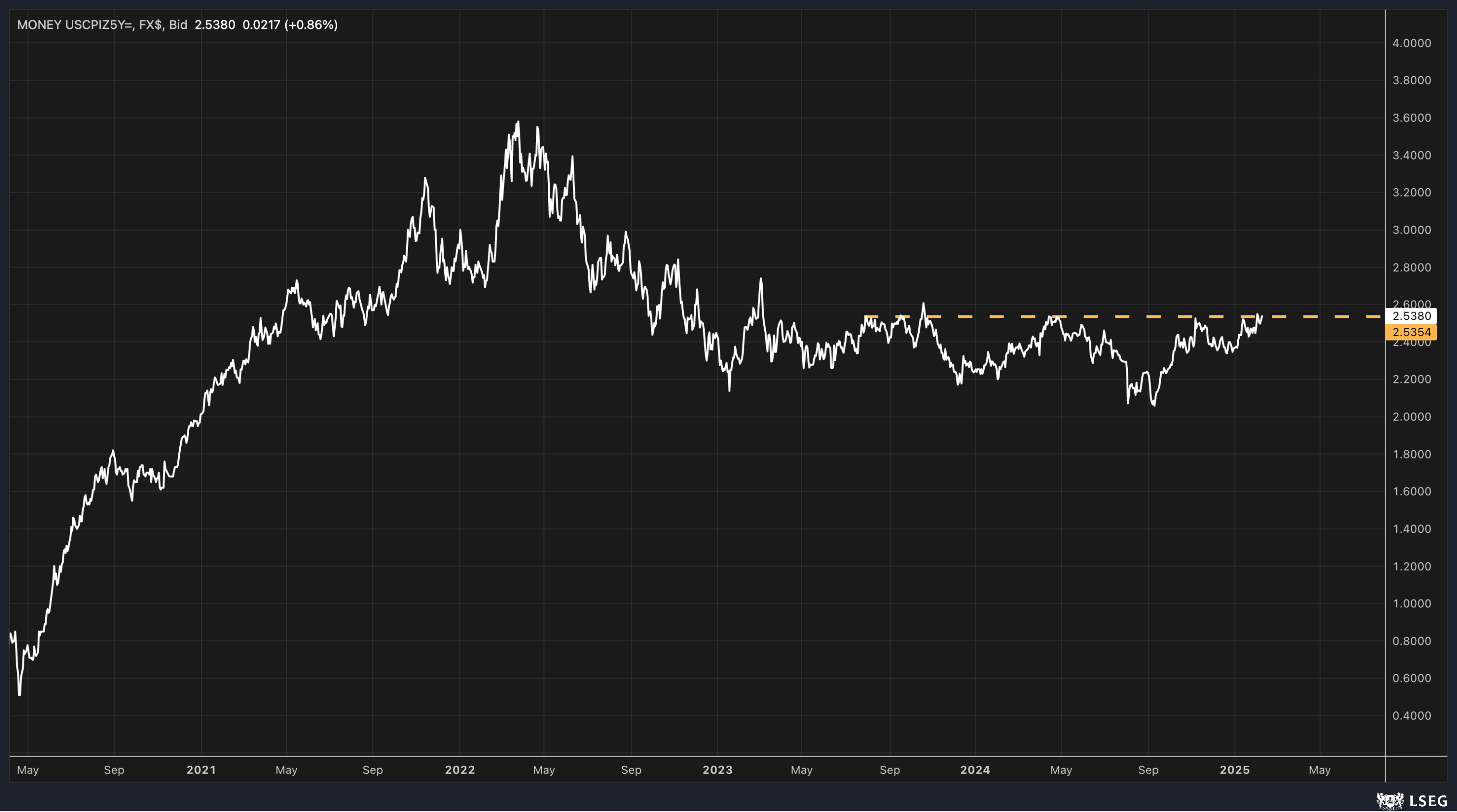
I guess time will only tell. Hopefully, there will be more to talk about tomorrow.
Terms By ChatGPT:
1. Implied Volatility Reset
An implied volatility reset refers to a decline in option-implied volatility after an event that caused a spike, such as economic data or geopolitical risks. When implied volatility drops, it often leads to market stabilization and can contribute to stock rallies as uncertainty diminishes.
2. VIX 1-Day
The VIX 1-Day (Cboe 1-Day Volatility Index) measures expected market volatility over the next single trading day. Unlike the standard VIX, which tracks 30-day volatility expectations, the VIX 1-Day provides a more immediate view of short-term risk sentiment.
3. Double Bottom (Technical Analysis)
A double bottom is a bullish technical pattern that forms when a security hits a low, rebounds, drops back to a similar low, and then moves higher. A breakout above the neckline (the resistance level between the two bottoms) confirms the pattern and suggests further upside.
4. Inflation Swaps (2-Year & 5-Year Inflation Swaps)
An inflation swap is a derivative contract where one party exchanges fixed-rate payments for payments linked to an inflation index, such as CPI.
•2-Year Inflation Swap reflects market expectations for inflation over the next two years.
•5-Year Inflation Swap does the same over five years.
Rising swap rates suggest increasing inflation expectations.
5. Well-Anchored Inflation Expectations
Well-anchored inflation expectations refer to the market’s belief that future inflation will remain stable and close to central bank targets. If inflation expectations rise significantly, it may indicate a loss of confidence in monetary policy effectiveness.
